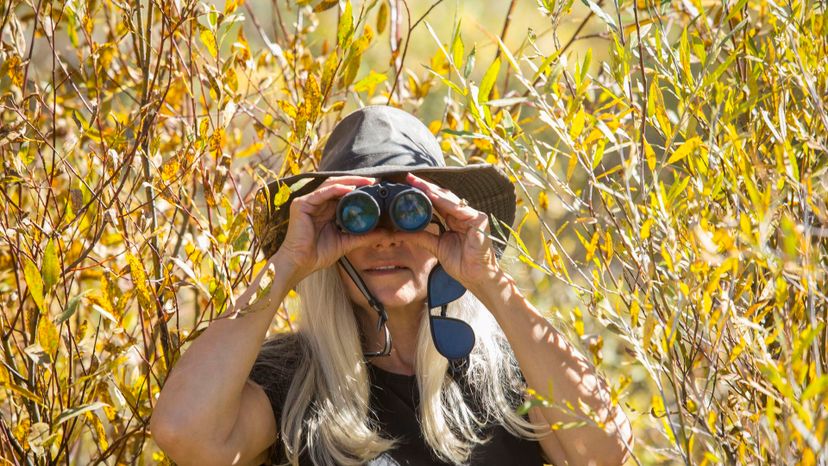
About This Quiz
Are you a bird watching expert? Do you spend your weekends dressed in a safari outfit with your field glasses looking for the most unique bird in the bunch? Or do you just find that you are an amateur with an interest in birding who is glued to the National Geographic Channel every time a birdwatching program comes on? If you can say yes to any or all of these questions, then this is the quiz for you. Let's see if you know as much as you think you do about birds native to Africa.
Birdwatching, or birding, is a pastime known as citizen science. More than a few "regular" people have discovered a species of bird that was never before seen or that may have been thought to have become extinct. These citizen scientists are considered helpers to ornithologists, the formal bird scientists.
We know that there are many birds native to Africa that have cousins throughout the world, so you might find this quiz a bit tricky. But, if you know your stuff, you should be able to identify each of the following 40 birds that are found in Africa from just an image. Are you ready to test your knowledge?
Let's get started.
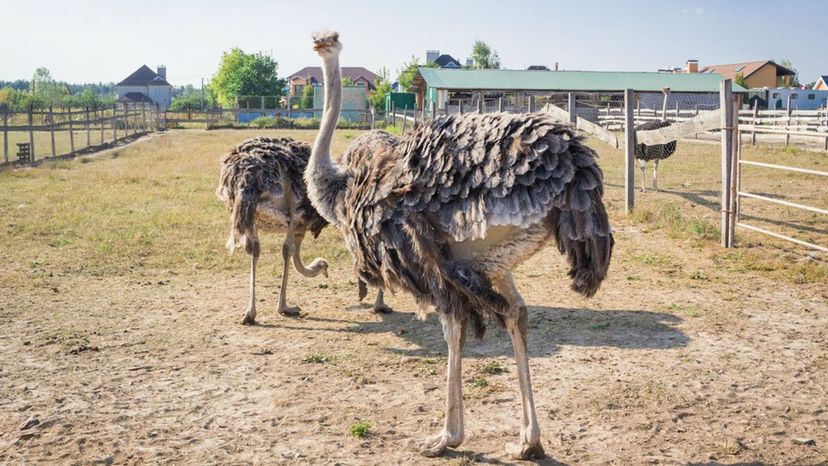
Ostriches can't fly. They are also said to often put their heads in the sand, but this actually isn't true. Because ostriches often lower their heads to the sand to look for food, they might LOOK as if they have their heads in the sand, but they don't.
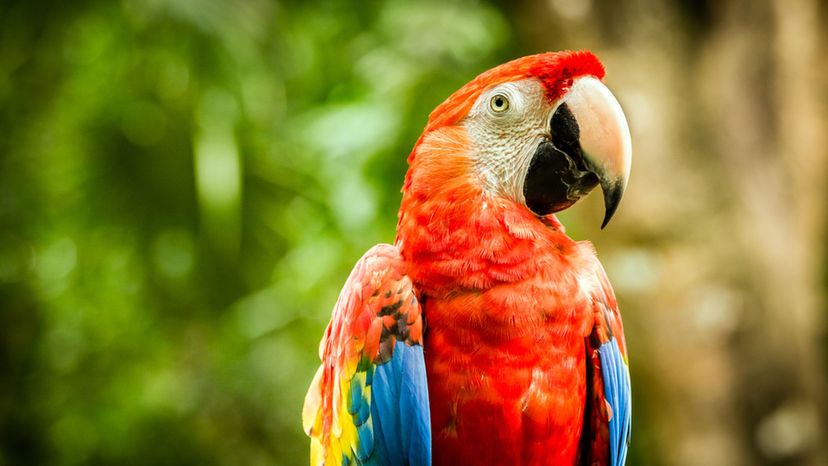
Parrots are colorful, and they can talk. Some species of parrot can live to be nearly 100 years old. So, if you've got one of the nearly 400 species of parrots, be prepared to provide crackers for a long time.
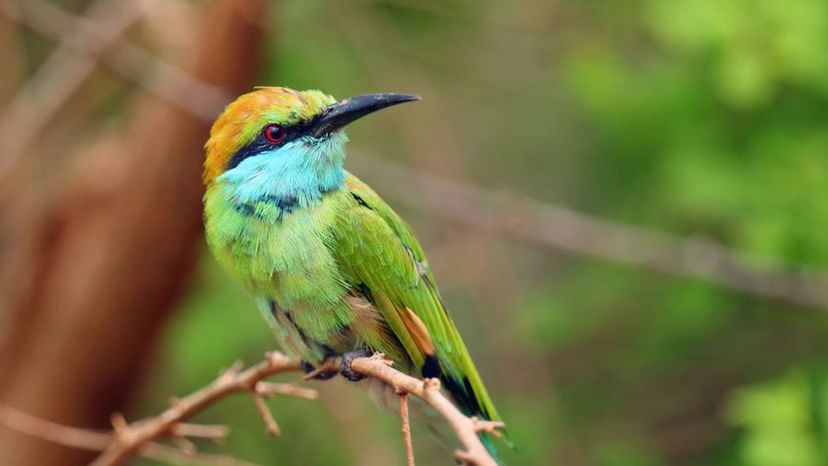
Bee-eaters really do like to eat bees. They are also big fans of self care, often taking multiple sand baths each day. If you're wondering why bee-eaters aren't bothered by bees' stingers, the birds simply bludgeon the stinger off of the bee before dining. Ouch!
Advertisement
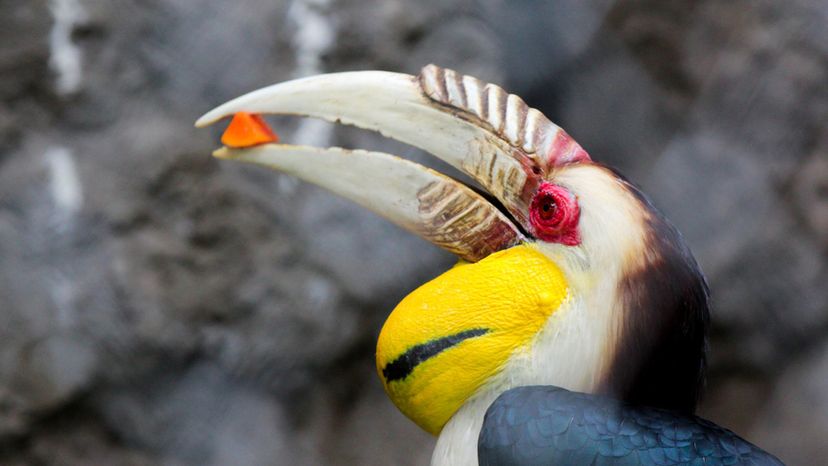
The hornbill has a thick, down-turned bill. The "horn" part of their name, though, is named for cattle horns, not musical instruments. You may not actually be able to see a hornbill on safari, though, because they are somewhat endangered.

The grey-crowned crane is the national bird of Uganda. Their crowns are made of stiff feathers. This bird uses its crown to attract a mate, but there is also quite a bit of snazzy dancing involved, too.
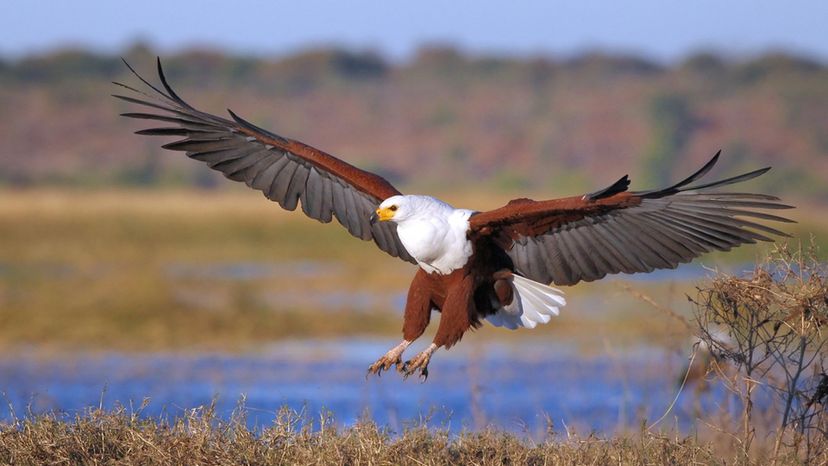
The African fish eagle lives near water, where it can easily find food. It is the national bird of several African countries. If fish aren't available for dinner, the African fish eagle will snag a small bird instead.
Advertisement
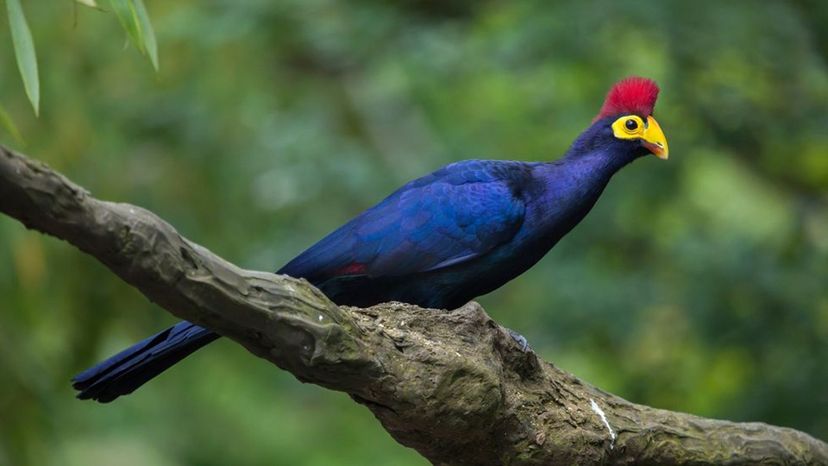
The Turaco is from the Musophagidae family of birds, which means "banana eaters." Grapes and papaya are also favorite foods. However, if they can't find fruit, the Turaco might make a snack of a small reptile.
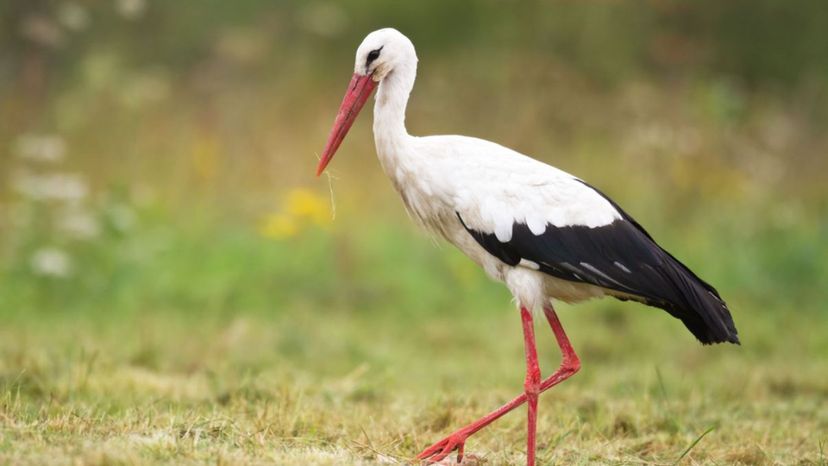
Marabou storks don't really deliver babies. These large waders may also be called "undertaker birds," because, from behind, it looks like it's wearing a cape. These huge birds have had recorded wingspans of more than 13 feet!

The bushshrike makes its home in the African bush. They eat mostly insects, but have been known to dine on an occasional rodent. There are roughly 50 species of bushshrikes, so you'll need to learn to keep them all straight in your birding notebook.
Advertisement
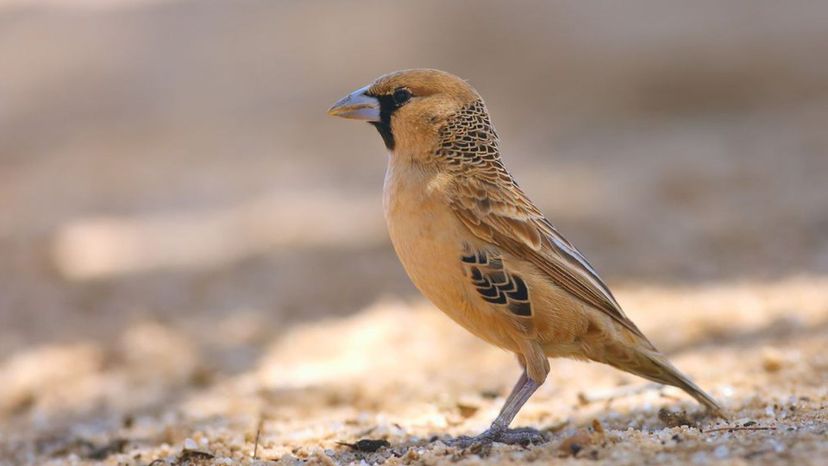
Weavers get their name from their ability to weave intricate nests. Some species of weavers share nests that are more like apartment buildings, and may include hundreds of neighbor bird "families."
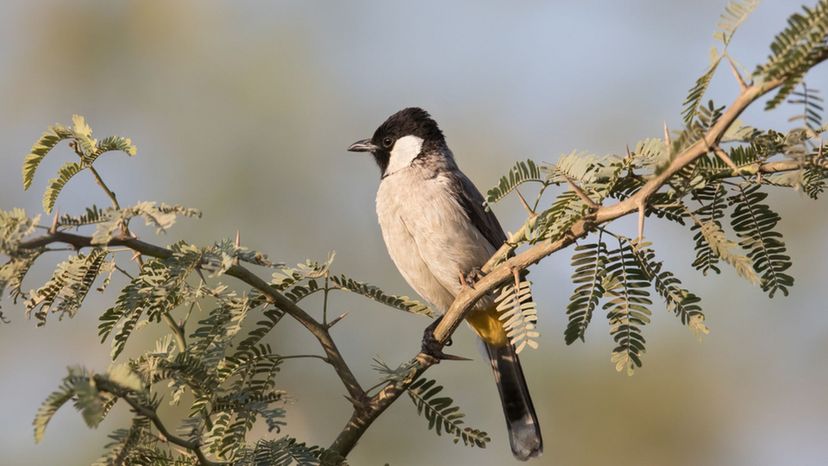
Bulbuls are songbirds that live in most of African and Asia. In Africa, they are found mostly in rainforests. The bulbul is a songbird, and its name derives from the African word for "Nightingale."
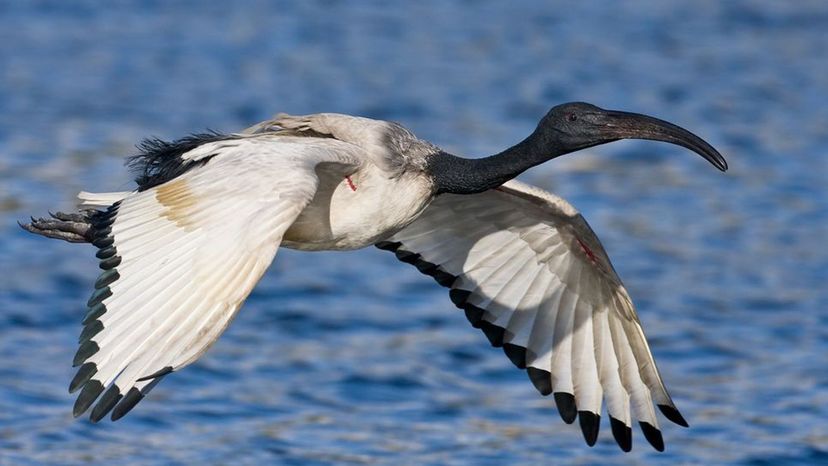
The African Sacred Ibis is a wading bird. These birds were considered sacred by the Ancient Egyptians, hence the name. The Egyptian god, Thoth, had the head of an Ibis.
Advertisement
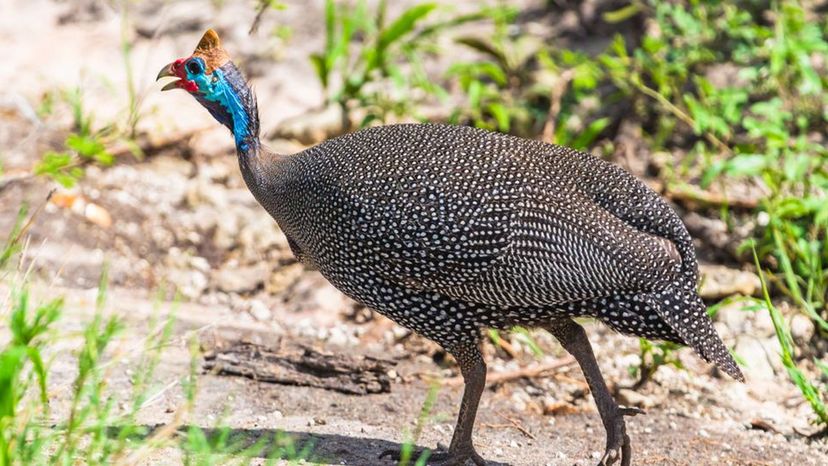
The Guineafowl are speckled birds that may also be called hens, and they look a lot like partridges. They make their nests on the ground, and they are typically monogamous.
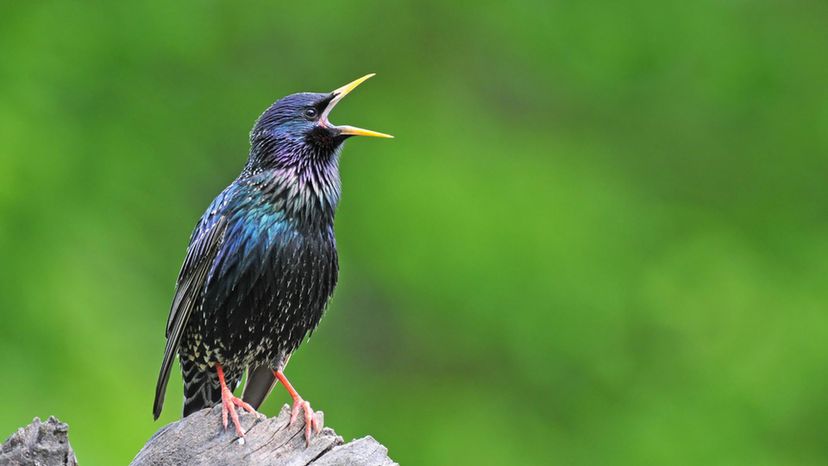
Species of starlings are found all over the world. These birds are vocally talented, and they can mimic many different noises. Some starlings have been heard to make noises that resemble car alarms.
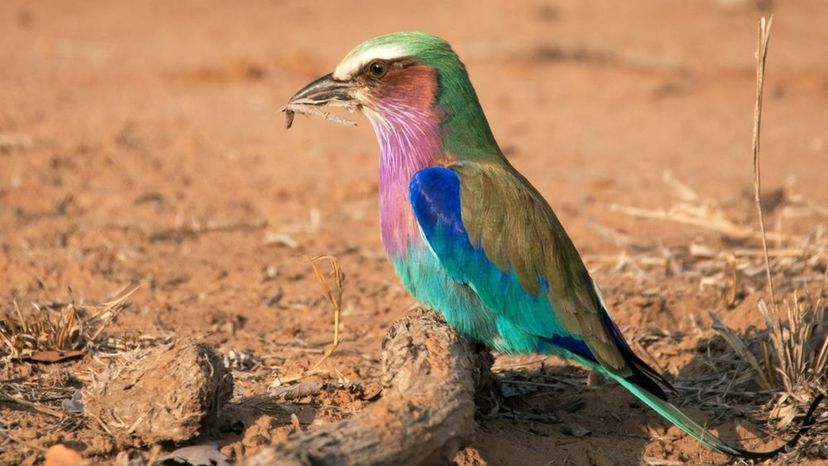
The lilac-breasted roller is known for its aerial acrobatics. This bird is the unofficial bird of Kenya. You're going to have a little trouble identifying the males from the females, though, since both look exactly the same.
Advertisement
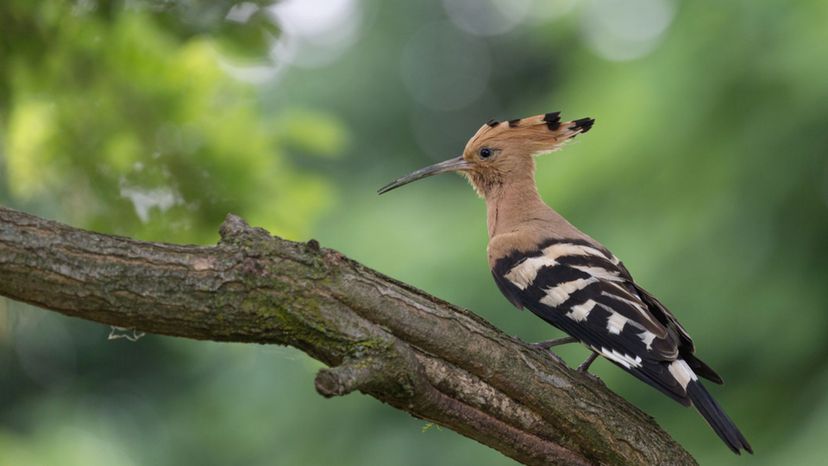
The hoopoe has occasionally appeared as far away as Alaska. At least one species of hoopoe is already extinct. Hoopoes have been around for more than five million years.
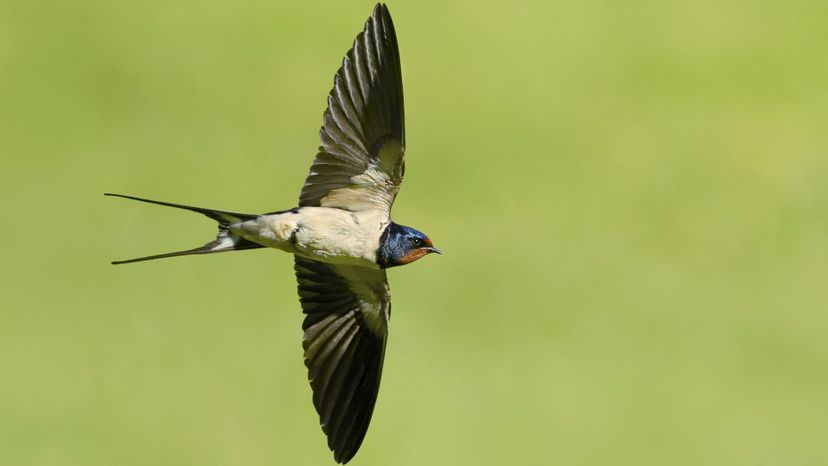
Swallows are found everywhere except Antarctica. There are more than 80 different species of swallows, so you're going to have to know your stuff to tell them apart.
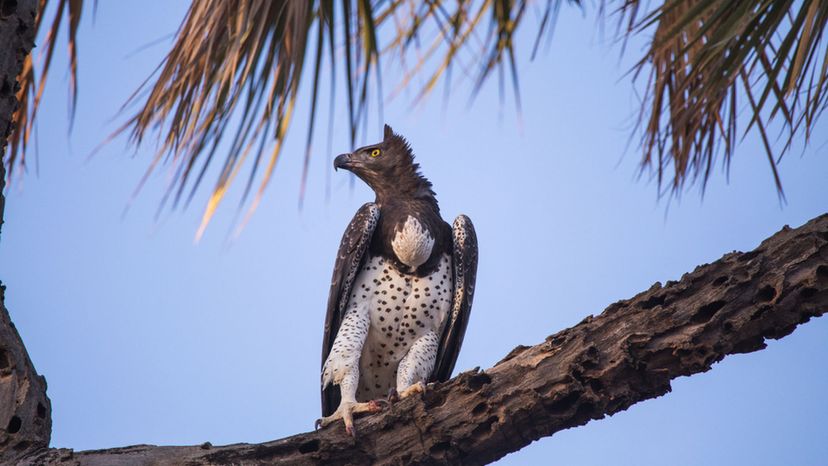
The crowned eagle is not really royal. This bird has been known to dine on monkeys and other mammals that may weigh five or six times more than they do.
Advertisement
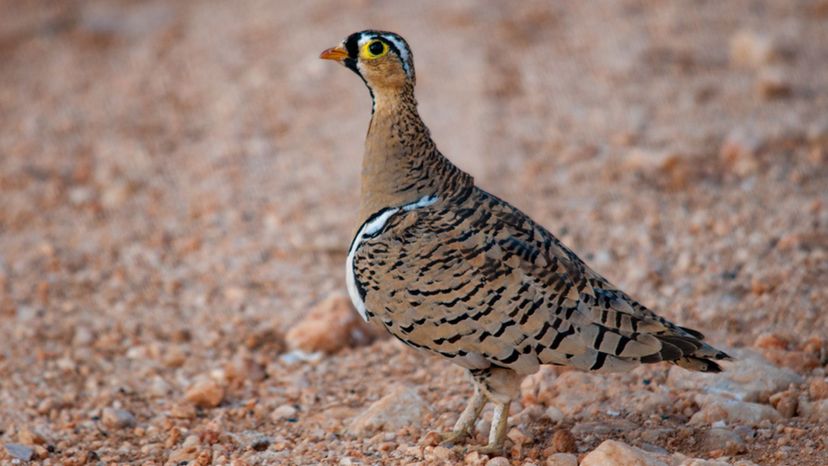
The sandgrouse is a ground dweller. They often live far away from water, where there might be little water, so they use their highly absorbent feathers to carry water back to their nests.
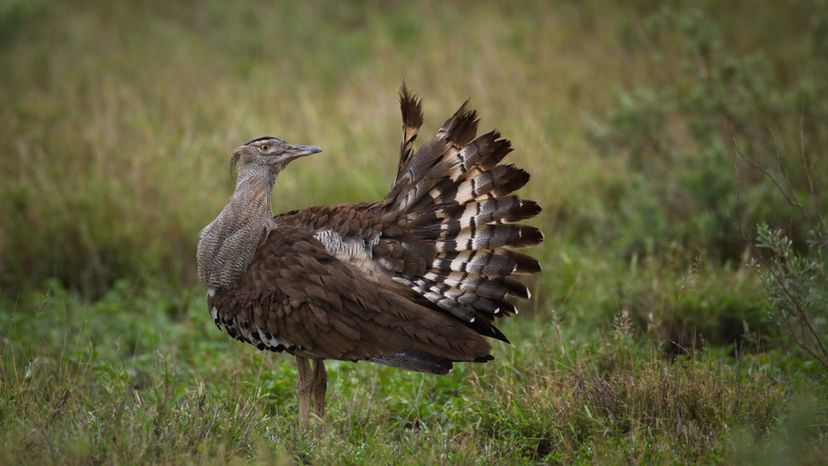
The Kori bustard may weigh as much as 40 pounds, which may make it the heaviest bird capable of flight. Their wingspan may range up to nine feet, but females of the species are about half the size of the males.
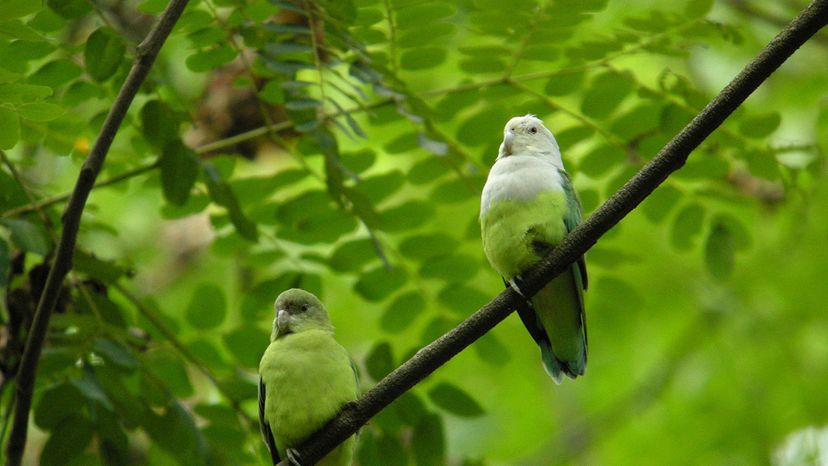
The lovebird is a type of parrot. They get their name because they pair off into monogamous relationships. The species of lovebird you find on your safari to Africa for birding will depend on which African country you go to.
Advertisement
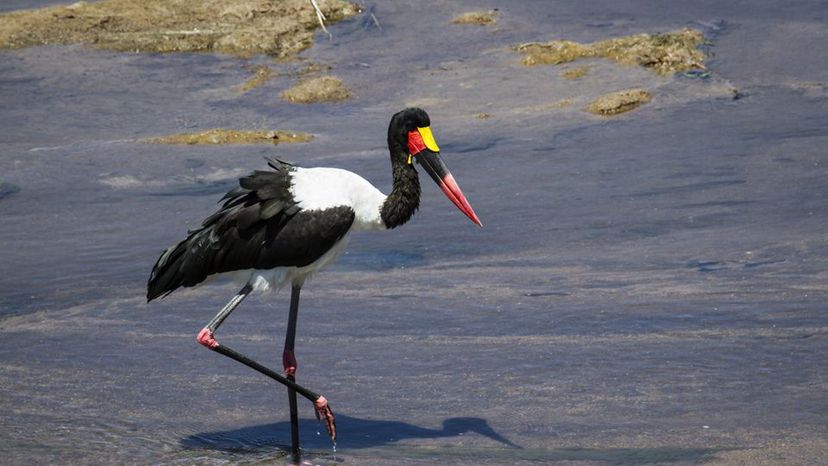
The saddle-billed storks have colorful black and yellow bills, which will help you differentiate them from their Asian cousins. The saddle-billed stork is a wading bird, so don't expect to see them in the brush.
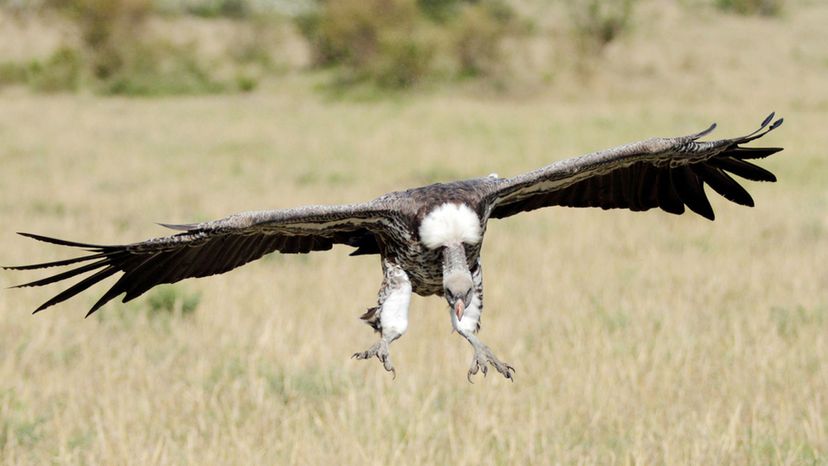
The white-backed vulture, like other vultures, is known for its preference for dining on carcasses. They have also been known to steal food from humans when they are close by a settlement.

These coastal birds really do dine on oysters. They were once known as sea pies. Don't go too far inland to find these birds though, since they really don't like hot, dry climates.
Advertisement
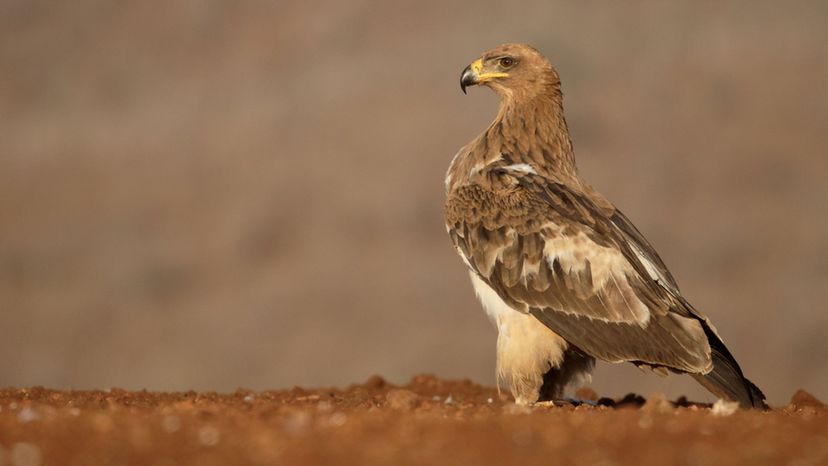
The tawny eagle is a bird of prey that loves to dine on fresh mammals, reptiles, and other birds. Tawny eagles live in dry, open areas.
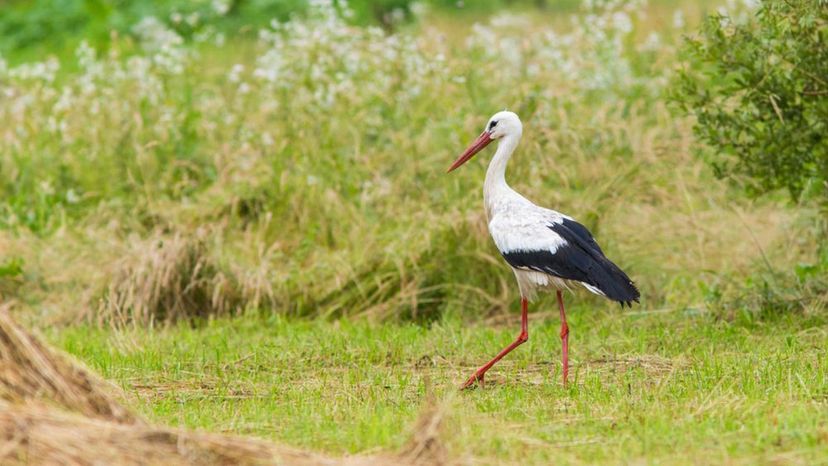
The white stork is known for its stark black and white plumage. Their beaks are pointed and red. You'll only find the white stork in African residence in the winter though, since it migrates from Europe when the weather up there turns colder.
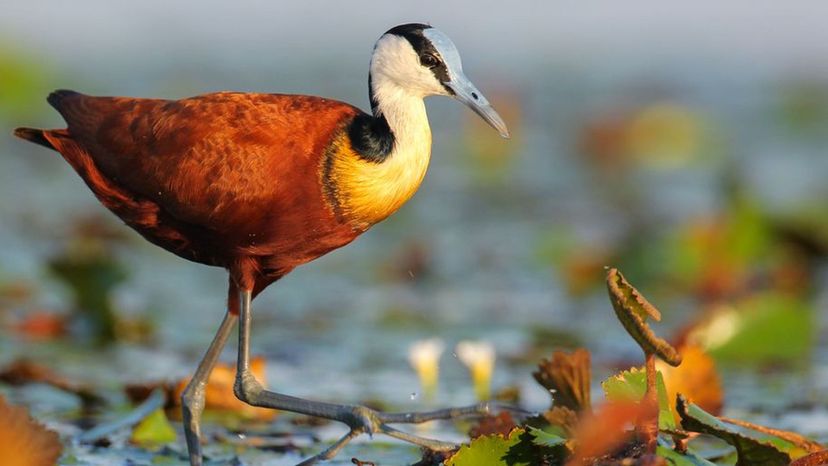
The African jacana may look like it's walking on water, but it's actually walking on the foliage that sits on top of the water. As you might imagine, these birds prefer to eat the insects and small reptiles that they find in the water.
Advertisement
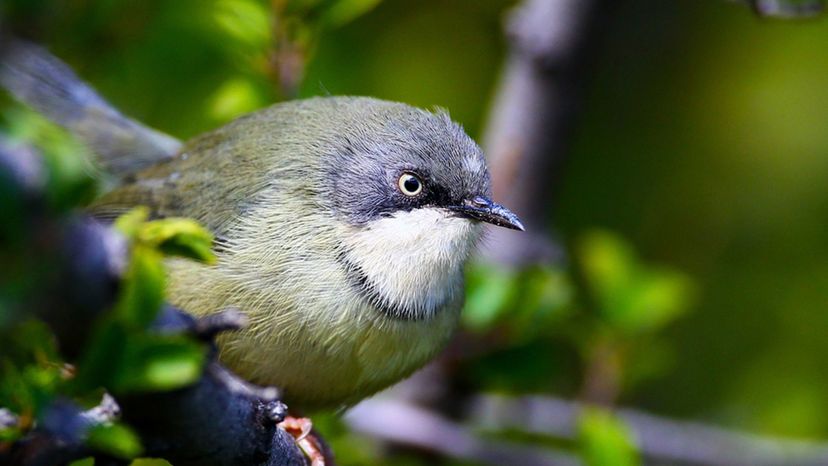
The apalis is a small, colorful bird. The word "apalis" is from a Greek word for "gentle." Like many birds, you'll be able to tell the males from the females because the males are a tad more brightly colored.
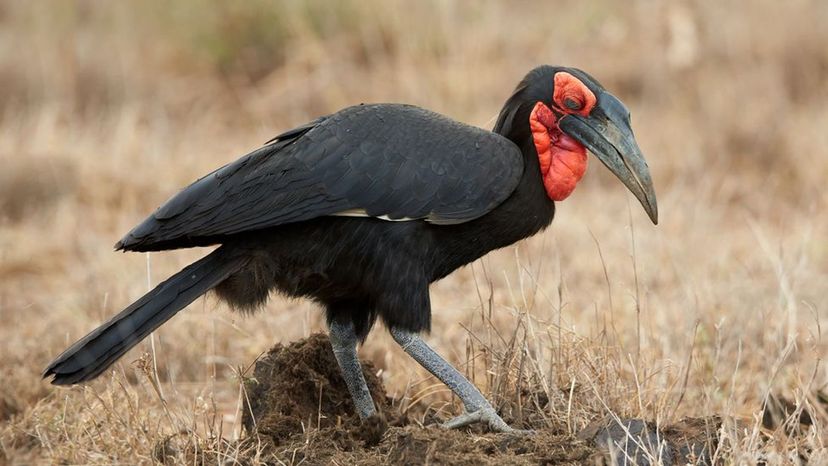
The southern ground hornbill is the largest of the hornbills. They have no feathers around their eyes and throats, to keep debris from collecting in their feathers as they dig for food in the brush.
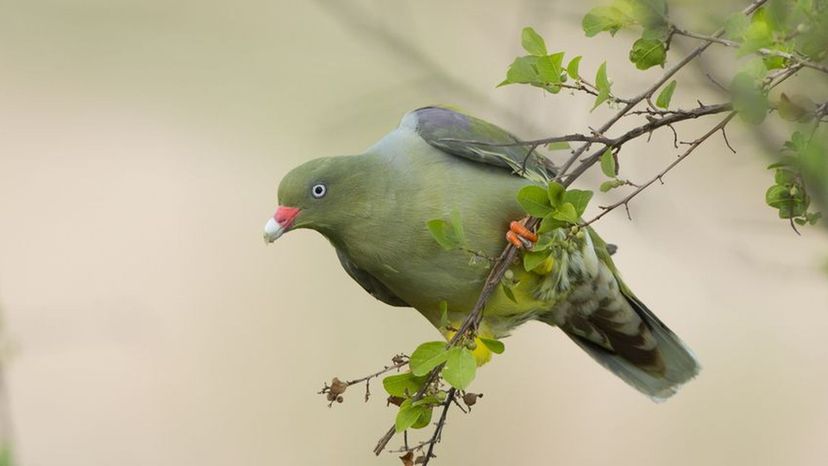
The African green pigeon, like its American cousins, appear in large numbers throughout Africa. But, unlike their American cousins, the African version is brightly colored. They are known to eat wild figs. but in a pinch, they will feed on meat.
Advertisement
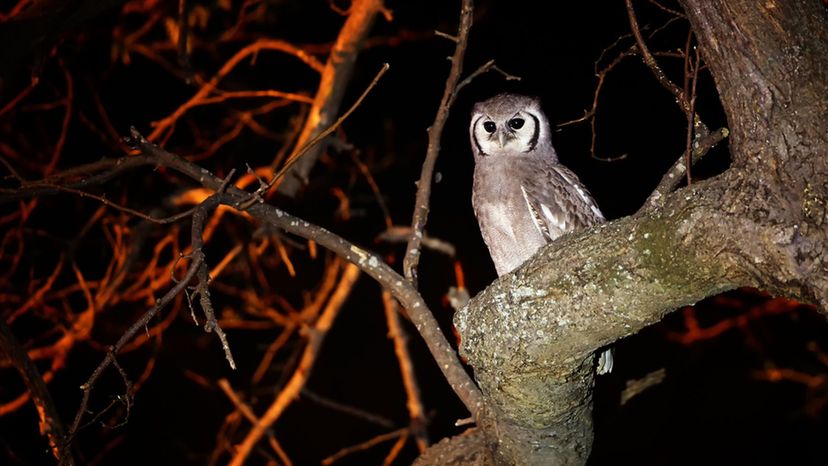
Verreaux's eagle owl was first recorded by the French scientist, Jules Verreaux. Like its many cousins, Verreaux's eagle-owl likes to live in the woods, but unlike its cousins, this owl is unusual for its pink eyelids.
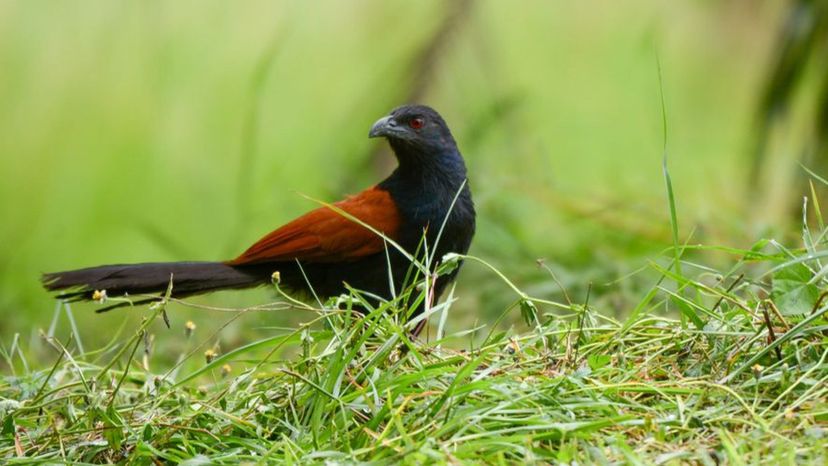
Some coucals are polyandrous, which means that the females have more than one mate. Interestingly, unlike most birds, it is the male coucal that looks after the nest.
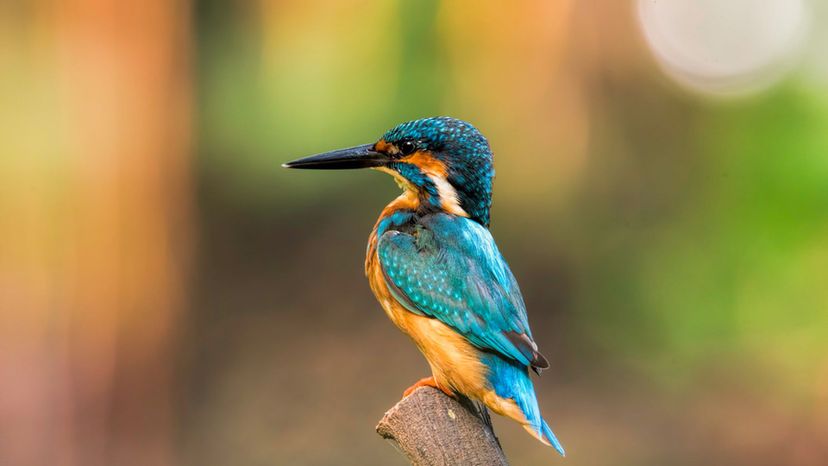
The malachite kingfisher is named for its coloring because malachite is a green mineral. The malachite kingfisher is a member of the kingfisher family, all of which are known for their superior fishing abilities ... hence the name.
Advertisement

The great white pelican is one of the largest pelicans, with a wing span of nearly 12 feet. Only the dalmatian pelican is larger. Like other pelicans, the great white pelican scoops up food from the water and drains the water from his pouch before swallowing his catch.
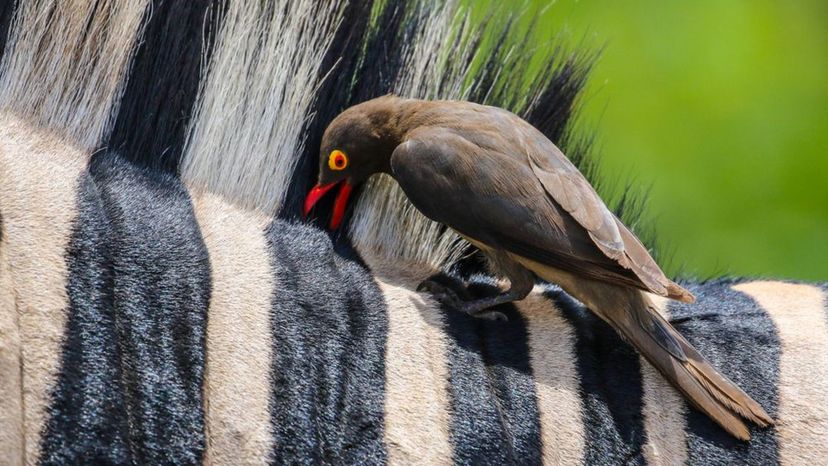
The oxpecker perch on large mammals to eat the parasites that live on them, which is a behavior called mutualism by scientists. The animals that host the oxpecker benefit because the bird feeds on ticks and other nuisance insects.
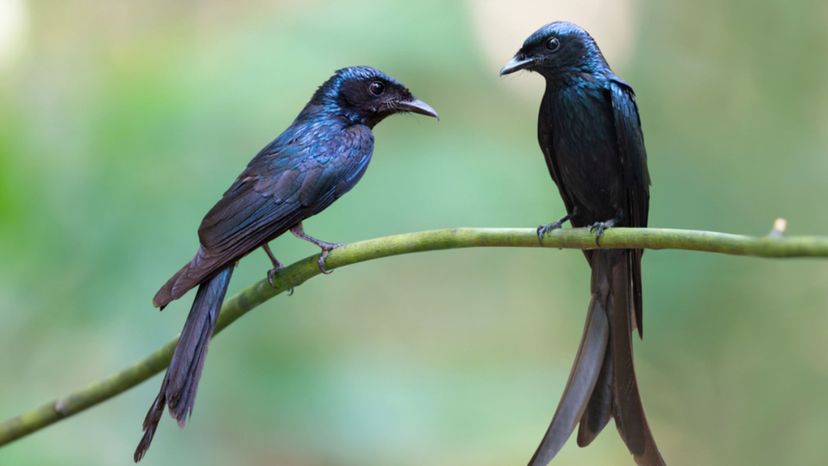
The drongo's name means "forked tail." These birds feed mainly on insects. Drongos are so aggressive that they will attack other birds, even larger ones, that they feel may threaten their nests.
Advertisement
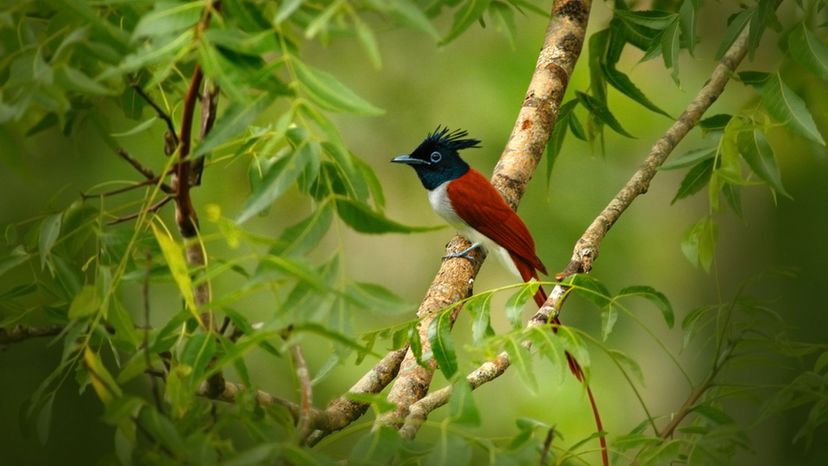
The paradise flycatcher, as its name implies, feeds on flying insects. The length of the tail is a big deal for males, because females select their mates according to who has the longer plumage.
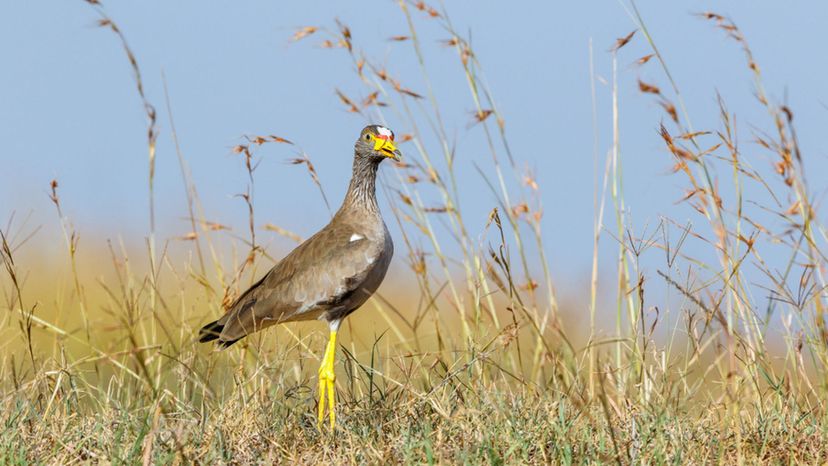
Put on your wellies, because African wattled lapwings are waders that live in shallow water and in mudflats. These birds have a distinctive black crown. Brush up on your lapwing variations before your trip to Africa, though, because some lapwings head south for the winter.
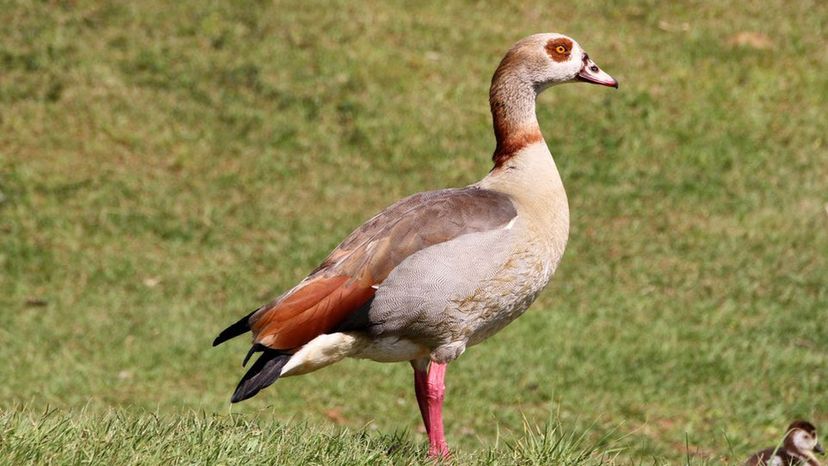
The Egyptian goose lives in the Nile Valley. They were considered sacred by the ancient Egyptians. Fun fact: did you know that ducks, geese and swans belong to the same bird family?
Advertisement
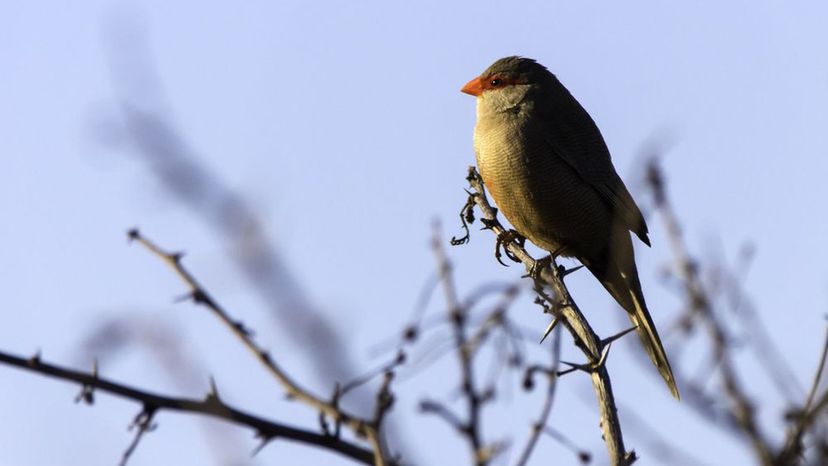
The common waxbill is known as a perching bird and is a popular pet. Native to Africa, the common waxbill has been introduced to other parts of the world. These birds get their name because their red bills are the color of sealing wax.